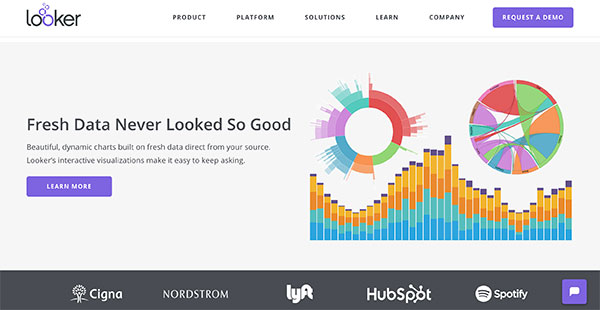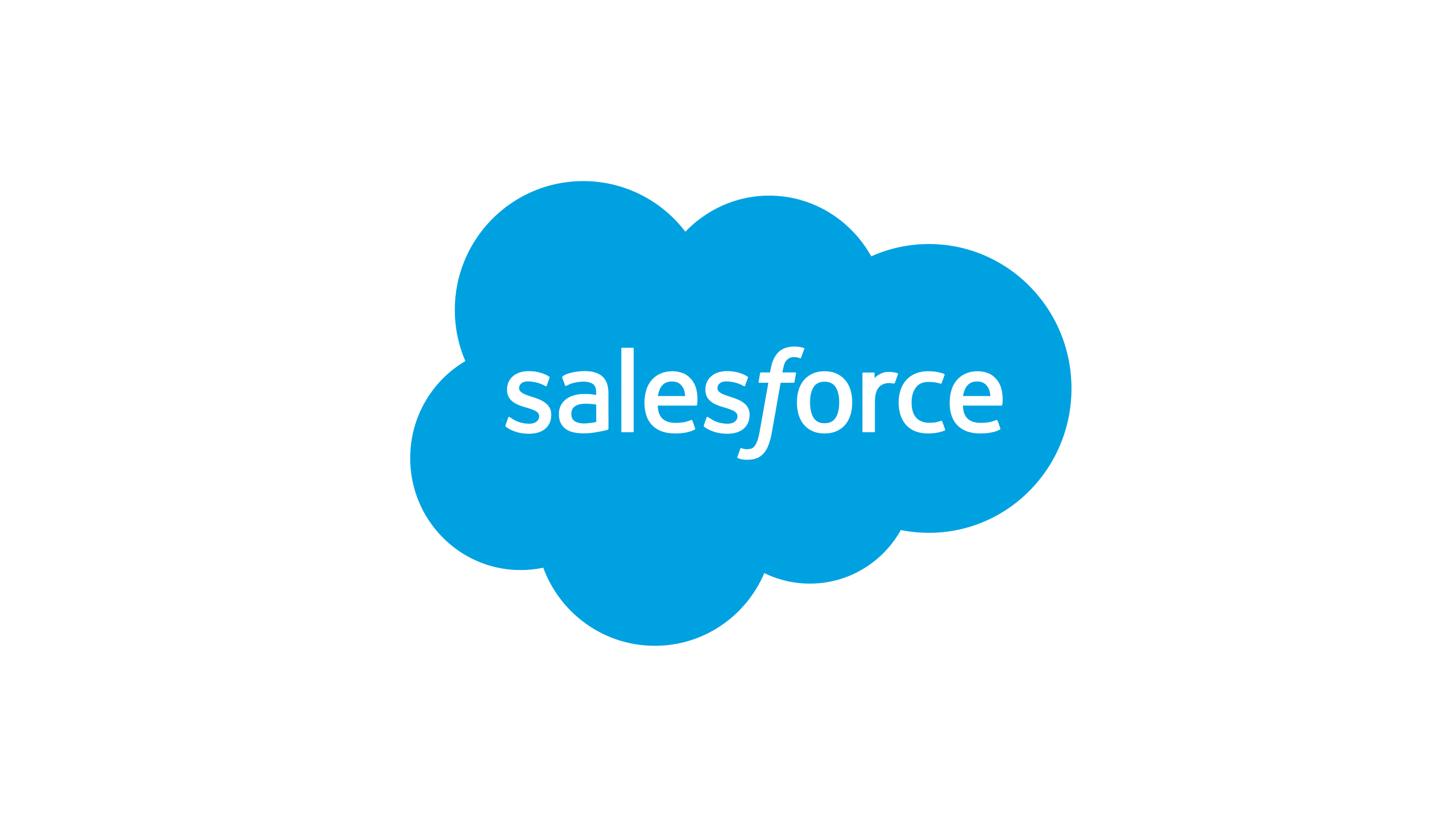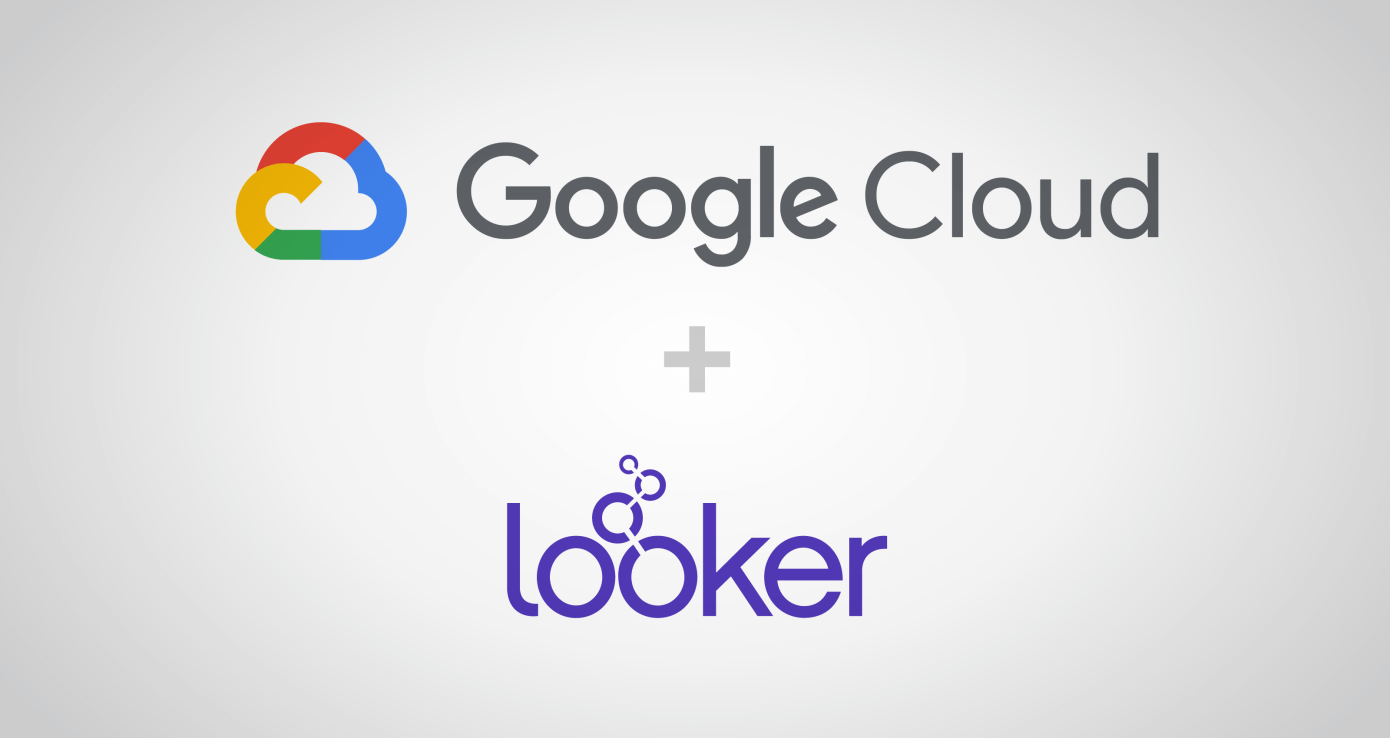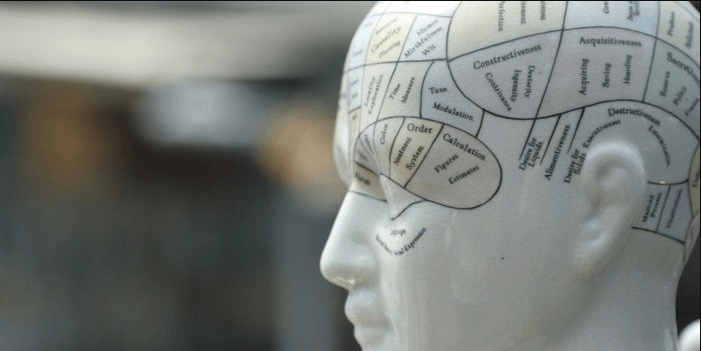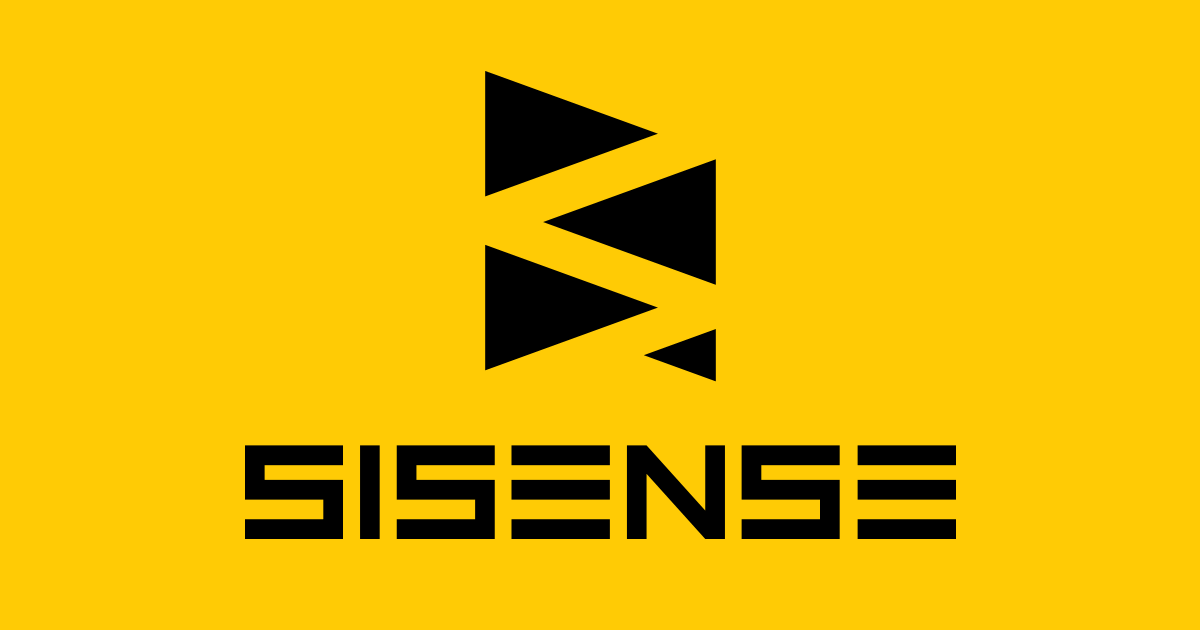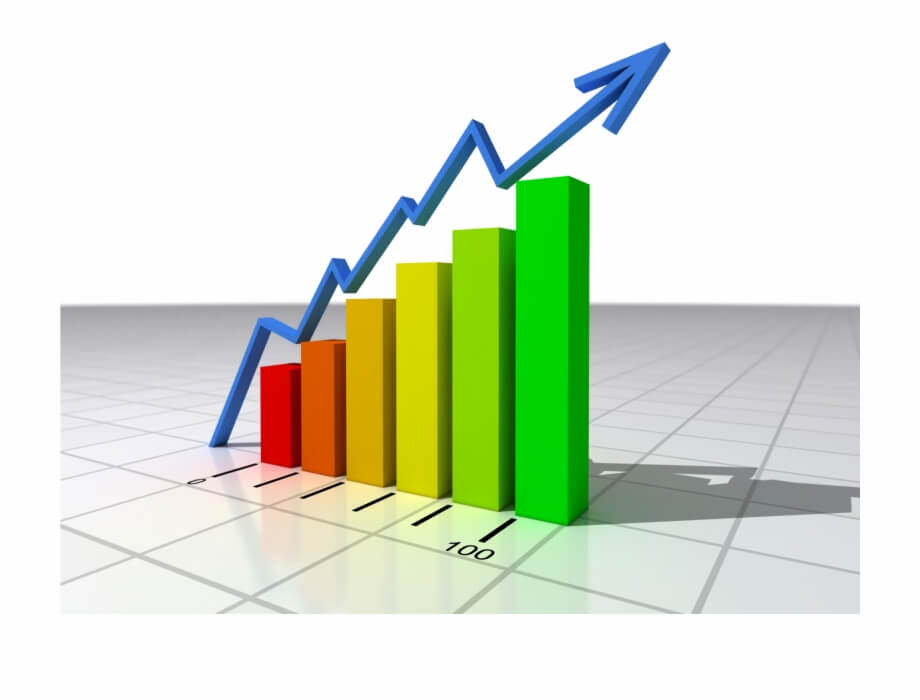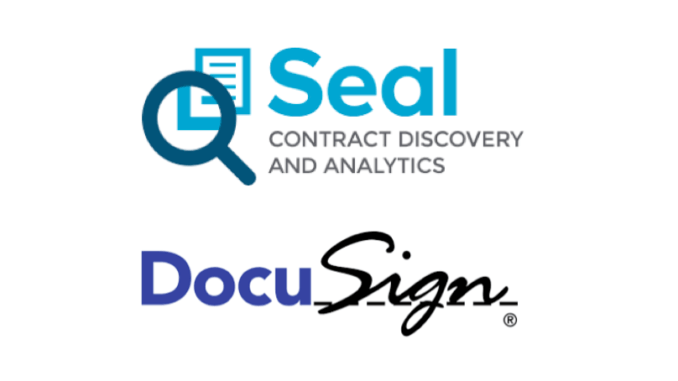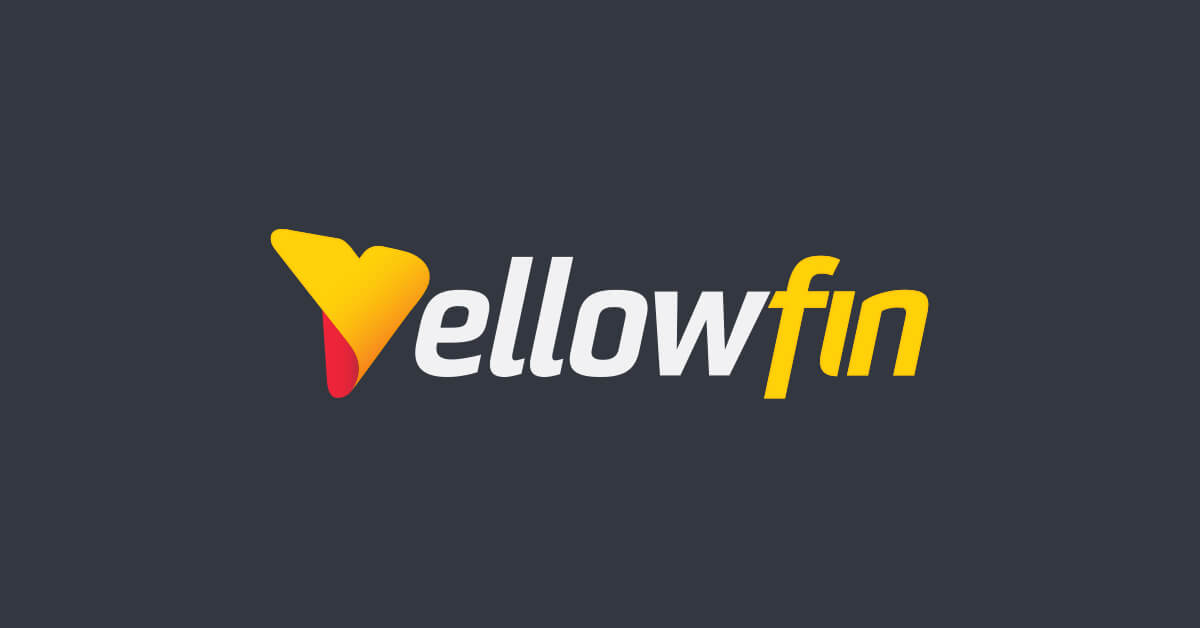This week, Looker and Tableau announced new integration tools that will allow Looker users to access some Tableau features within Looker, and vice versa. This was surprising to many experts in the BI space, as Looker is owned by Google and Tableau, by Salesforce. While it’s strange that two tech titans would work together like this, the move is a welcome one.
The integration is intended to help Looker users visualize data in simpler ways using Tableau tech, and let Tableau users access Looker’s deeper semantic layers.
“Ultimately, everyone is benefiting if we’re solving the right problems overall,” said Gerrit Kazmaier, Google’s VP for Looker. “If companies like Tableau — a great partner of Google — are also interested in making working with data more simple, it’s a really good basis for collaboration.”
The software was a perfect fit for each other, said Kazmaier. Tableau is a more user-friendly tool, allowing those without much software experience to create useful visualizations, but it isn’t as transparent behind the scenes as other tools. Looker is tailored towards teams that have more experience and want to take deep dives into the technical bits of the software, but it’s often a struggle to translate Looker’s insights into meaningful visualizations.
By integrating the two tools, Google and Salesforce can make them more useful to users without spending much time trying to improve their shortcomings themselves.
The integration has the potential to be extremely useful. Data should flow easier between Tableau and Looker, which is good news for teams that use both. Now, teams don't have to go through a third-party tool like Panoply or Tray.io, which should save a lot of headaches.
The change should also help those who use only one of the two tools. Teams that use Looker will be able to leverage Tableau’s visualization tools, while Tableau users will be able to drill down further into their data using Looker’s semantic layer. And unlike when a company introduces some new software feature that no one knows how to use, most companies that use BI tools will have some employees already familiar with Looker or Tableau.
“Leveraging Looker’s semantic layer will provide Tableau customers with trusted, governed data at every stage of their analytics journey,” wrote Francois Ajenstat, Tableau’s Chief Product Officer. “With its LookML modeling language, Looker provides a unique, modern approach to define governed and reusable data models to build a trusted foundation for analytics.”
It’s still unknown whether this initial integration will lead to others, or if it’s a one-off thing. This change comes with some additional Tableau integration with other Google products like Google Cloud and Drive, which might hint at additional Google integrations in the future.

